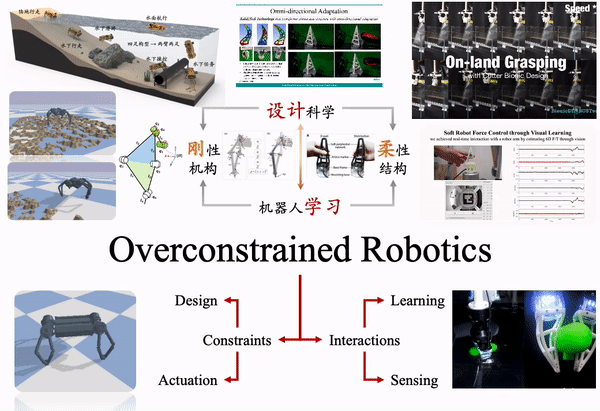
The Bionic Design + Learning Lab is led by Dr. Song Chaoyang at the Southern University of Science and Technology (SUSTech), with research interests in Bionic Design, Robot Learning, and Design Science. Dr. Song completed his undergraduate degree at Tongji University, Shanghai, China, in 2009 and his Ph.D. at the Robotics Research Center at Nanyang Technological University, Singapore, in 2014. His doctoral research focuses on the theoretical kinematics of a class of overconstrained linkages, dealing with the fundamental mechanism theory in robotics and mechanical engineering. During the post-doc study, Dr. Song joined the newly founded Singapore University of Technology and Design. His post-doc research moves towards the application end of research and development, investigating the technological and design innovation factor in successfully translating lab results into commercial products. He continued his post-doc research topic at the Massachusetts Institute of Technology. Before joining SUSTech, Dr. Song was appointed as a Lecturer (Assistant Professor) in the Department of Mechanical Engineering at Monash University, where the Sustainable + Intelligent Robotics Group was initially formed. We updated the lab name as the newly formed SUSTech Institute of Robotics shares the same acronym.
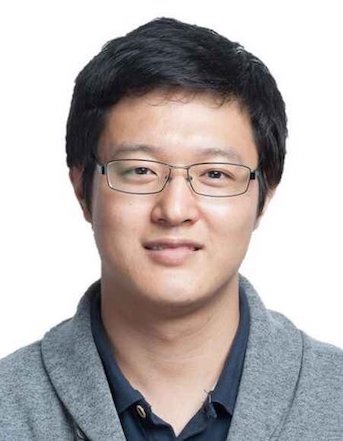

SONG, Chaoyang, Ph.D.
Assistant Professor
Bionic Design + Learning Lab
Southern University of Science and Technology
Room 517, North Block,
Engineering Building,
1088 Xueyuan Road, Shenzhen,
Guangdong 518055, China
songcy@sustech.edu.cn (songcy@ieee.org)
0086-(0)755-8801-5361
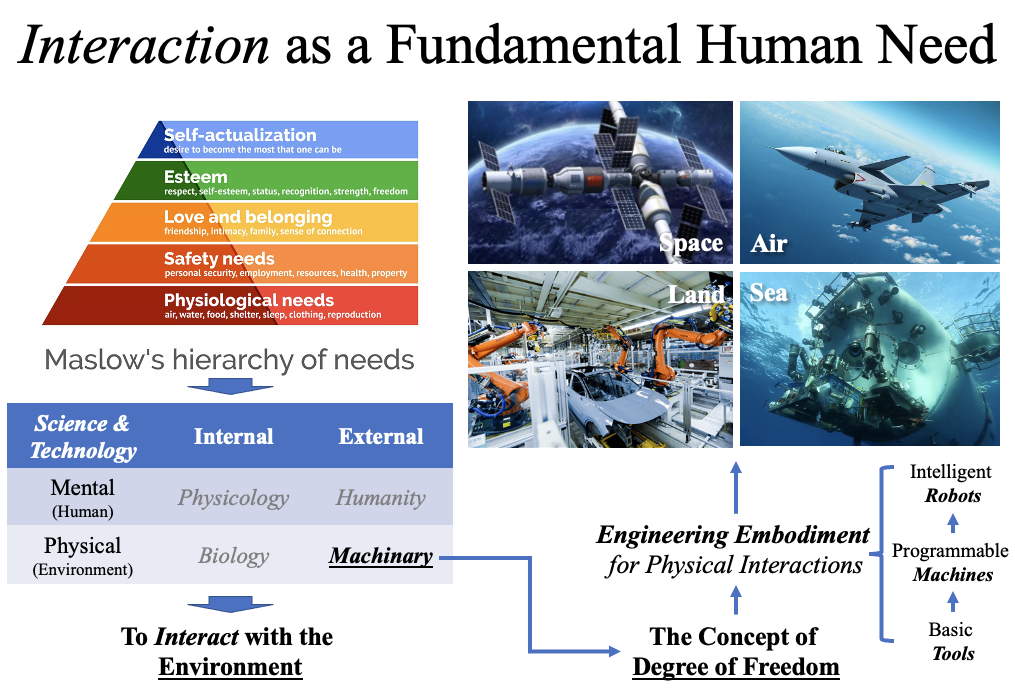

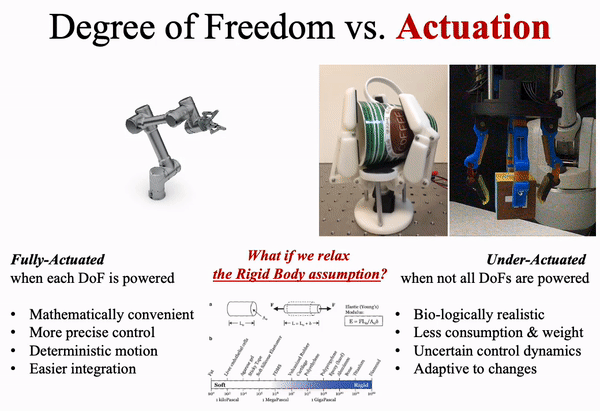
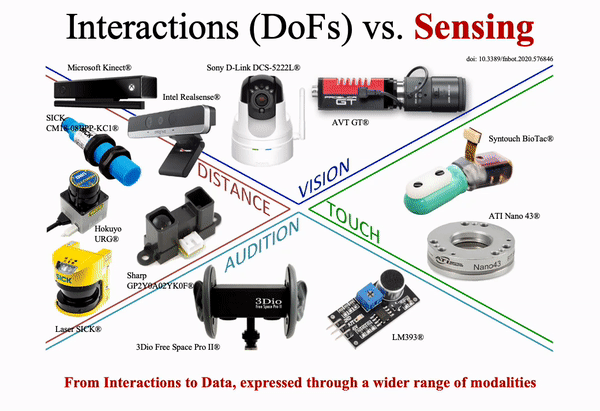
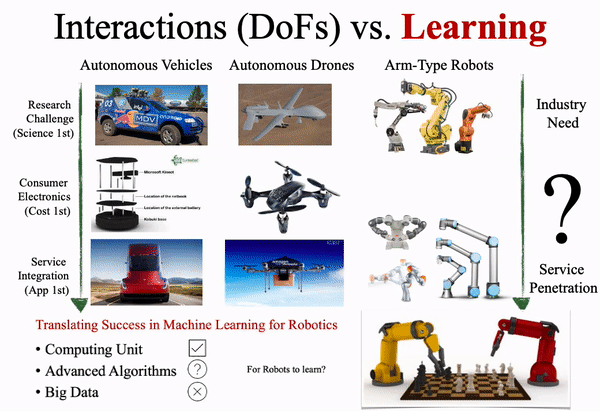
Research Highlights
Overconstrained Robotics is the research theme of the BionicDL lab, which originated from Dr. Song’s doctoral study in theoretical kinematics of overconstrained linkages and their reconfigurable design theory, intersecting with the emerging development in learning-based methods in advanced robotics and interactions in challenging scenarios between human and robots. We are particularly interested in the range of interactions between rigid and soft mediums, adopting methods from design science to machine learning towards building advanced robots for human-robot interactions.
